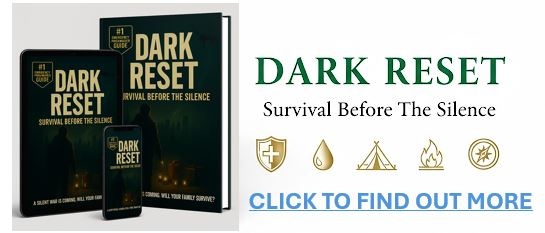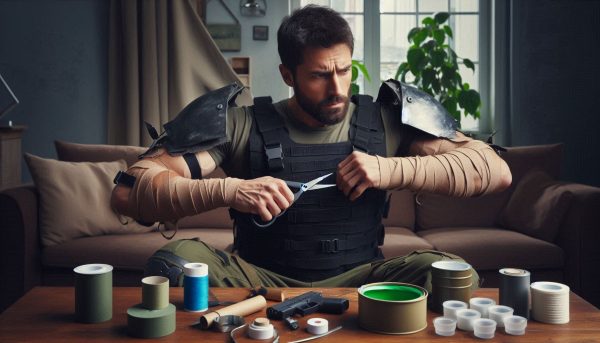While professional-grade armor offers optimal protection, circumstances may force you to improvise. These DIY methods can provide temporary, makeshift armor using common household items.
In a life-or-death situation, improvised body armor can mean the difference between survival and becoming a casualty. Whether caught in a sudden conflict or navigating a dangerous environment, these techniques can provide a crucial edge.
Facing a sudden threat, whether it’s a firefight, an attack, or a hostile environment, improvised body armor can offer a critical layer of protection. These DIY methods can provide a vital edge in a survival situation.
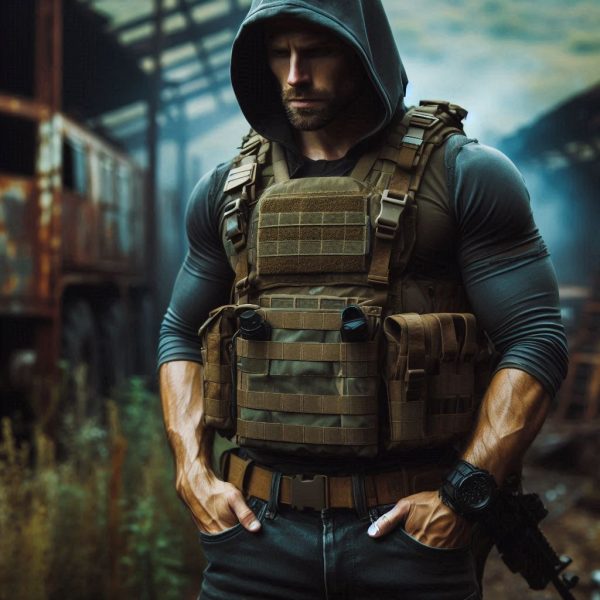
Contents
- Bullet Proof vs Bullet Resistant
- Ceramic Floor Tiles
- Cast Iron Skillet: A Heavy-Duty Shield
- Canned Goods: A Pantry's Secret Weapon
- Laptop: A Techie's Shield
- Layering Magazines and Phonebooks
- Steel Baking Sheets: A Kitchen's Secret Weapon
- Car Door: A Mobile Shield
- Layers of Defense: Clothing as Armor
- Wooden Boards: A Rustic Shield
- Using Textbooks As Body Armor
- Trash Can Lid: An Urban Shield
- Improvised Armor: A Last Resort
- The Perils of DIY Body Armor
Bullet Proof vs Bullet Resistant

It’s crucial to understand that no body armor, improvised or professional, is truly “bulletproof.” The more accurate term is “bullet-resistant,” meaning it can reduce the impact and penetration of bullets to varying degrees, depending on the material and construction.
Even the most advanced tactical armor used by military and law enforcement has limitations and can be penetrated by high-powered rounds or repeated impacts.
Improvised armor, while potentially life-saving, offers even lower protection. It’s designed to mitigate damage and increase survival odds, not completely stop bullets. Recognizing these limitations is essential when relying on armor for self-protection.
Ceramic Floor Tiles
Ceramic tiles, often used for flooring, possess surprising durability. If accessible, taping or gluing them to a vest or thick jacket can create makeshift body armor, offering superior protection compared to many other improvised materials. The density of ceramic tiles can help stop bullets or shrapnel, providing a crucial defensive layer.
Pro Tip: For optimal protection, layer multiple ceramic tiles using duct tape or adhesive to cover a wider area. Prioritize vital areas like the chest and abdomen, and slightly overlap the tiles to minimize gaps in coverage. Consider backing the tiles with plywood or a thick fabric for added durability and comfort. This can help distribute impact force more evenly, reducing the risk of injury.
Cast Iron Skillet: A Heavy-Duty Shield
A cast iron skillet, a common kitchen tool, can provide unexpected protection in a dire situation. Its thick, dense construction can stop bullets, making it a valuable improvised armor solution. While not the most comfortable or light option, it’s certainly effective.
Pro Tip: Strapping a cast iron skillet to your back, rather than your chest, offers several advantages. It keeps your hands free, allowing for greater mobility, while still shielding a vital area. Additionally, it can serve as a formidable weapon if needed.
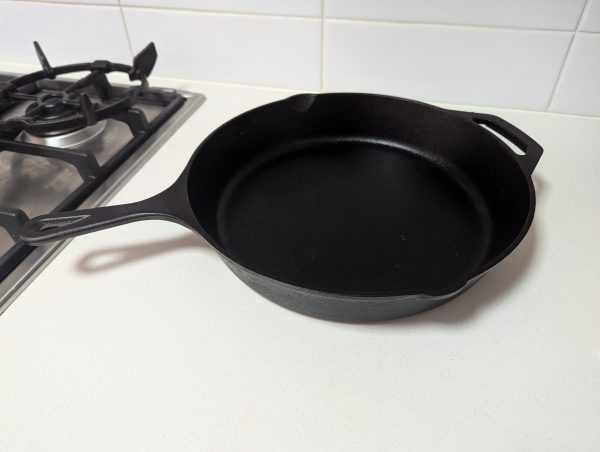
Canned Goods: A Pantry’s Secret Weapon
A backpack filled with canned goods can serve as a surprisingly effective shield. The dense, heavy cans can absorb and slow down bullets, potentially reducing the severity of injuries.
Pro Tip: Prioritize dense, heavy cans like beans or soups over lighter options like vegetables. Pack them tightly in a backpack or bag, placing the heaviest cans over vital organs. This maximizes the chances of absorbing and dispersing bullet energy, offering the best possible protection.
Laptop: A Techie’s Shield
A laptop, particularly one with a metal casing, can serve as a surprising tool for self-protection. When carried in a backpack or held against your body, it can absorb or deflect the impact of lower-caliber bullets.
Pro Tip: To maximize the protective benefits of a laptop, store it in a sturdy, padded backpack. The additional layers of padding and the bag’s structure can help absorb and distribute the force of an impact, reducing the risk of injury. Position the laptop, with its denser components like the battery and hard drive, over vital organs for optimal protection.
Layering Magazines and Phonebooks
Stacking phonebooks or thick magazines within a bag or underneath clothing can offer a surprising level of protection. By creating multiple layers, these items can absorb and disperse the energy from a projectile or blade, potentially reducing the severity of injuries.
Pro Tip: For optimal protection, combine soft layers of phonebooks or magazines with hard materials like thin metal plates or ceramic tiles. This layered approach creates a more robust barrier, where the soft layers absorb impact while the hard layers provide additional resistance. Ideally, distribute these layers evenly around your torso to ensure balanced protection.
Steel Baking Sheets: A Kitchen’s Secret Weapon
Steel baking sheets, often overlooked, can be repurposed as improvised armor. By taping multiple layers together, they can provide protection against gunfire or knife attacks. The steel’s density helps disperse the impact force, reducing penetration.
Pro Tip: For enhanced protection, layer a few baking sheets with cushioning materials like folded towels or thick clothing. This combination absorbs and disperses impact force, minimizing the risk of injury from blunt trauma. Securely tape or tie the layers together to prevent them from shifting during a critical moment.
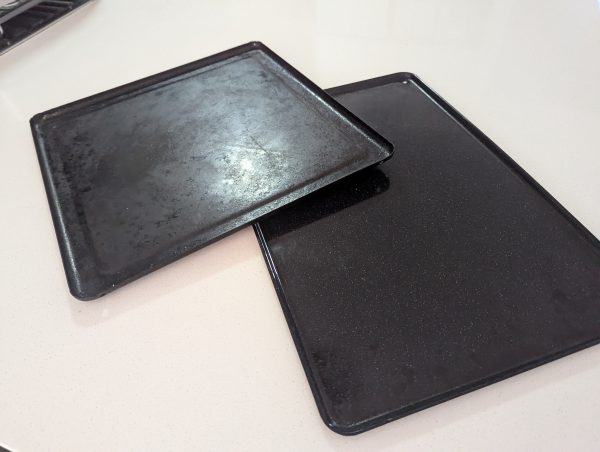
Car Door: A Mobile Shield
In a vehicle, the car door can provide a temporary shield. Filling the door’s interior with dense materials like books, magazines, or seat cushions can enhance its protective capabilities. While not impenetrable, it offers a better defense than relying solely on the car’s thin metal.
Pro Tip: Position yourself behind the engine block or wheel wells for increased protection. These areas, reinforced with metal and dense components, provide superior shielding compared to the door alone. Additionally, stuffing the door panel with dense materials can create a makeshift barrier, absorbing and slowing down projectiles.
Layers of Defense: Clothing as Armor
Multiple layers of heavy clothing, such as leather jackets, hoodies, and denim, can offer surprising protection. While not bulletproof, they can provide resistance against knife attacks and blunt force trauma.
Pro Tip: Prioritize layering materials with different textures and densities. Start with a tight-fitting base layer, add a thick hoodie or sweater, and top it off with a denim or leather jacket. This layered approach helps disperse energy from a blade or blunt force, reducing the risk of deep penetration. Aim for as many layers as possible without hindering mobility.
Wooden Boards: A Rustic Shield
Thick wooden boards, such as those from furniture or construction materials, can be strapped together to create a basic shield. While not impenetrable, they can offer protection against lower-caliber bullets and blunt force trauma.
Pro Tip: Prioritize dense hardwoods like oak or maple for optimal protection. Layer multiple boards, staggering them to avoid weak points. Secure the boards tightly with straps or tape to ensure stability and maximize effectiveness.
Using Textbooks As Body Armor
In a desperate situation, books can serve as more than just intellectual nourishment. Thick, hardcover books, when strategically placed, can offer a surprising level of protection against lower-caliber bullets. The dense layers of paper act as a barrier, potentially slowing or even stopping incoming projectiles.
Pro Tip: Prioritize thick, dense textbooks or hardcovers, positioning them to shield vital areas like your chest and torso. Layering multiple books, ideally staggered to minimize gaps, can significantly enhance protection. Securing the books with tape or a sturdy backpack will help maintain their position during movement.

Trash Can Lid: An Urban Shield
A metal trash can lid might seem unconventional, but it can serve as a decent improvised shield. While not foolproof, it can deflect blows and potentially slow down projectiles.
Pro Tip: Reinforce the trash can lid by duct-taping additional layers of dense material, like magazines or cardboard, to the inside surface. This added thickness can enhance its protective capabilities by absorbing impact and deflecting projectiles more effectively.
Improvised Armor: A Last Resort
While improvised body armor can offer a degree of protection in desperate situations, it’s essential to remember that it’s a last resort. Professional, certified body armor provides far superior protection and reliability. However, in emergencies where you have limited options, combining multiple improvised techniques can significantly increase your chances of survival. By utilizing everyday items creatively, you can enhance your protection and potentially mitigate the impact of threats.
The Perils of DIY Body Armor
While the allure of crafting your own body armor may seem enticing, it’s crucial to recognize the inherent risks. Here’s a breakdown of why professional, certified body armor is always the safer choice:
Unreliable Protection:
- Inconsistent Quality: Homemade armor lacks the rigorous quality control standards of commercially produced options. Variations in materials and construction can significantly impact its effectiveness.
- Limited Durability: DIY armor may not withstand the rigors of real-world threats, potentially compromising its protective capabilities over time.
Untested and Uncertified:
- Unknown Performance: Homemade armor hasn’t undergone the stringent testing procedures required by regulatory bodies like the National Institute of Justice (NIJ). This means its actual performance in a life-threatening situation is uncertain.
- Potential for Failure: Without proper testing and certification, there’s a higher risk of the armor failing to protect you when you need it most.
Prioritize Professional Protection: Always opt for professionally manufactured body armor that meets NIJ standards. It’s a reliable investment in your safety, offering peace of mind and the assurance of superior protection.

